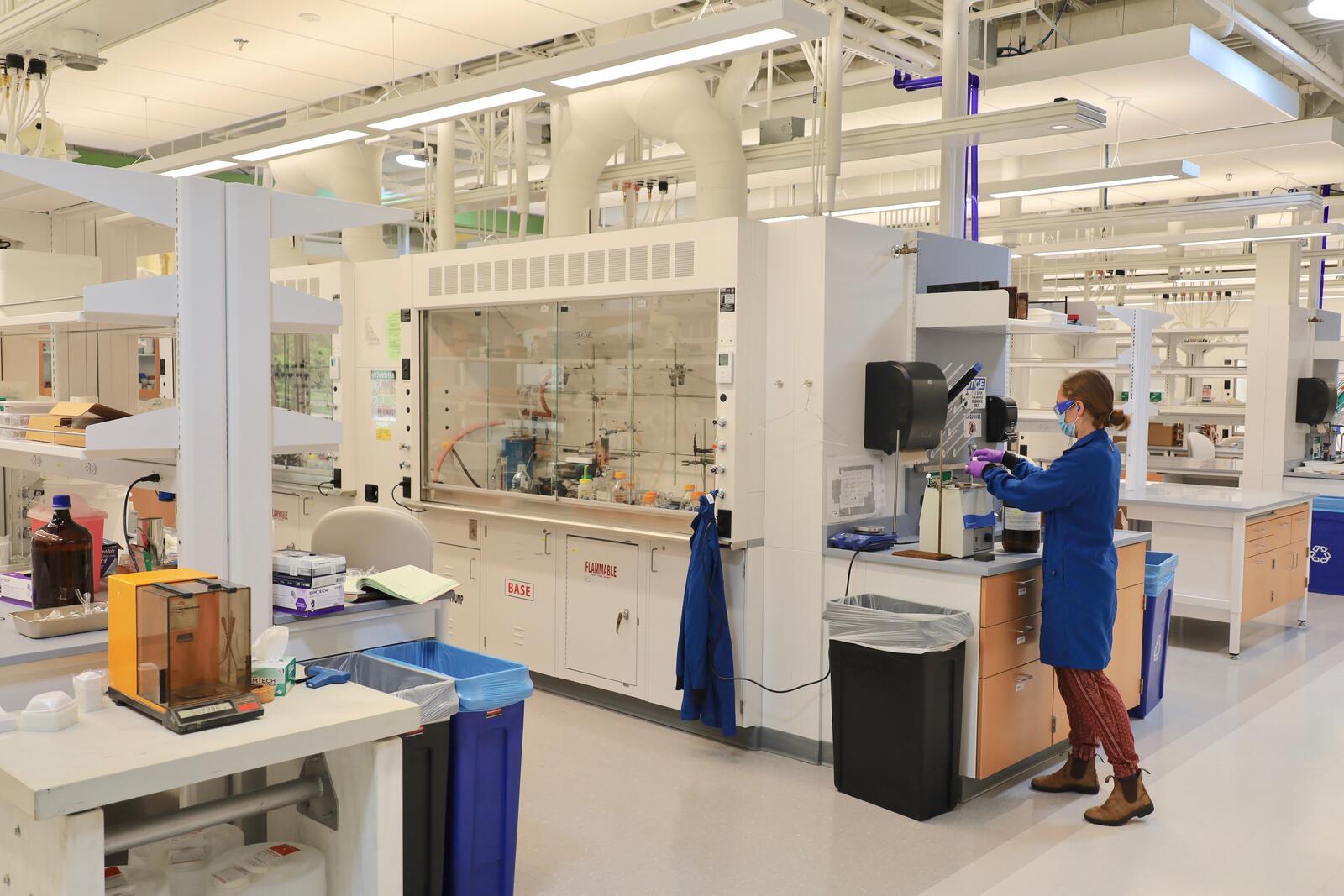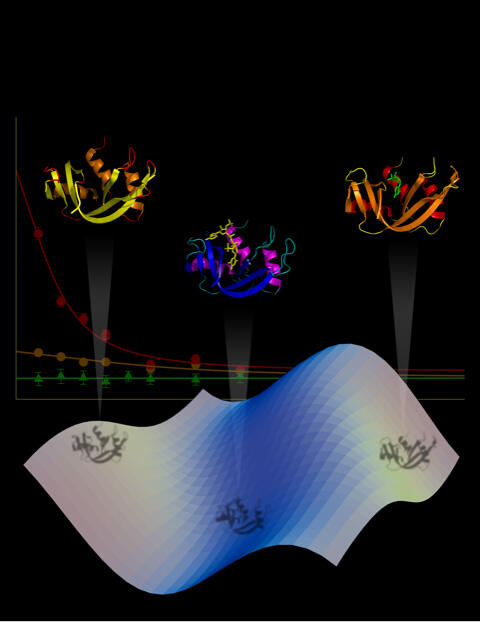The field of biophysical chemistry seeks a mechanistic understanding of important biological phenomena. A full understanding of biological processes requires molecular understanding of structure and dynamics. Such detailed understanding necessitates the synergistic implementation of spectroscopic, biochemical, and computational techniques.
Yale has a long and distinguished history in the field of biophysical chemistry, with early theoretical insights by Onsager and Kirkwood, pathbreaking studies of nucleic acids by Crothers and Moore, and leading applications of nuclear magnetic resonance (NMR) spectroscopy to biological systems. Our biophysics training program has been supported by the National Institutes of Health (NIH) for more than 30 years.
The biophysics group at Yale employs state-of-the-art tools. They use NMR spectroscopy and diffraction methods to define molecular structure at an atomic level. The electronic structure of active sites is probed with optical, vibrational, and electron paramagnetic resonance spectroscopies. The time course of catalyzed processes is followed by time-resolved laser spectroscopy along with traditional kinetic methods. The group investigates conformational changes of biomacromolecular structures on membrane surfaces, which is made possible by the advancement of nonlinear spectroscopy. Single-molecule methods probe biological processes in exquisite detail. Functional models are tested by altering macromolecular structure using the techniques of molecular biology and organic synthesis. Ultimately, the group models processes and structures with computer programs that incorporate the best understanding of the structures and dynamics of the biomolecular building blocks.
The systems under study at Yale are many. They include the structure, dynamics, and allostery of enzymes and membrane-associated proteins, the structure of the nucleic acids and nucleic acid-protein complexes that control replication and gene expression, and the active centers in metalloproteins – the assemblies that are responsible for energy and signal transduction in processes such as photosynthesis and vision. Additional studies include protein-ligand binding interactions, computer modeling of protein structure and denaturation pathways, protein interactions with biomembrane, and protein aggregates and phase-separated macromolecules. These detailed studies aid in understanding the basic biological processes and impact such diverse fields as drug discovery and de novo design of proteins.
Faculty associated with the biophysical chemistry program in the Chemistry Department are listed in the menu to the left. They constitute the most immediately accessible members of the much wider biological science community within which the graduate students in our field associate. This community encompasses the Departments of Molecular Biophysics and Biochemistry (MB&B), Molecular, Cellular, and Developmental Biology, and several departments in the Yale School of Medicine. Our association with MB&B is especially close, as graduate students of both departments have been jointly sponsored by the NIH training program in Biophysics.


